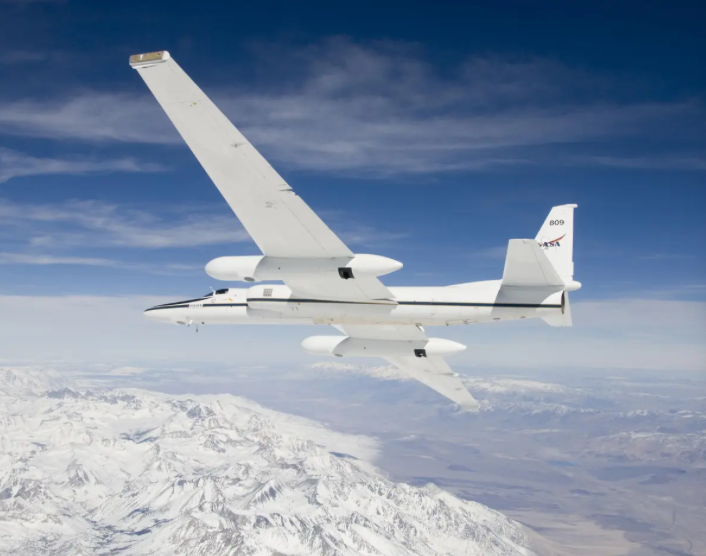In a bid to reduce its reliance on foreign imports of electronics raw materials, NASA has started a partnership with USGS by using a U-2 spy plane to map the minerals among deserts. Through this new program, the partnership aims to scout for locations with abundant resources that would help answer the need for the industry for their use of Earth's treasures for technological developments.
The collaboration has started for two months already and is an ongoing venture for both agencies, both centering on a common goal to alleviate import reliance.
NASA, USGS Partners in Using U-2 Spy Planes in Mapping the Desert

According to NASA's release, there is a new project that uses U-2 spy planes from Lockheed to help map the minerals found in deserts, centering in the southwestern US regions, in a new venture with the United States Geological Services (USGS). These minerals were regarded to be electronics components, commonly used among everyday phones and laptops in the consumer tech world.
It utilizes an ER-2 high-altitude aircraft in support of the GEMx, the Geological Earth Mapping Experiment, based at NASA's Armstrong Flight Research Center in Edwards, California. NASA's Gulfstream V is also part of this program.
"For this mission, we are flying at approximately 65,000 feet to acquire wide swaths of geophysical data with every overflight," said Kevin Reath.
The agency claimed that its collaboration with the USGS has started its survey since September this year.
Desert Hunt for Raw Materials: Ending Foreign Import Reliance
This desert hunt is looking to survey these areas for raw materials to help the environmental process for mining and geological activities. In Interesting Engineering's report, this will help reduce the US' massive reliance on imports for electronic components, especially with China's significant dominance in the market.
NASA's Massive Surveys of the Planet For Different Needs
NASA and USGS' partnership has flourished throughout the years, and this is because of its many satellite programs which center on Earth's survey to get more in-depth regarding the planet's state. The Landsat 9 mission was launched back in 2021 and it aims to monitor the Earth's environment in a bid to see an overview of the planet, especially with the deterioration and pollution.
In a more recent mission, NASA partnered with the Indian Space Research Organization (ISRO) to create the NISAR, a.k.a. the NASA-ISRO Synthetic Aperture Radar. This was regarded as the "most advanced radar system" that will monitor the planet's land and ice surfaces, and it is designed to survey this twice every 12 days, offering HD images thanks to its SAR.
Apart from NASA's massive survey of space and the infinite possibilities surrounding our planet, it still has a massive focus on what is within the Earth, with its survey not only centered on the environment. Under the United States government, NASA and USGS are looking to deliver maps of minerals hidden away in deserts, soon to help alleviate foreign reliance on electronic resources.





